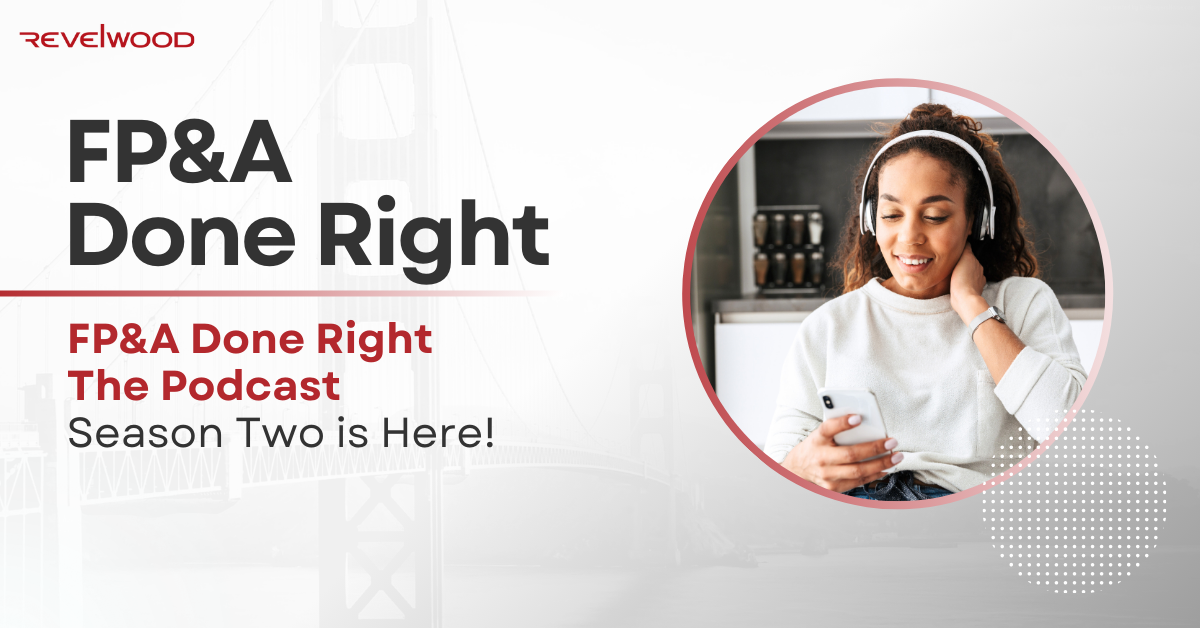If you’re in finance, planning & analysis (FP&A), FP&A Done Right – The Podcast is one of those podcasts you’ll want to follow. It focuses on real-world strategies and tools to help finance pros move beyond report generation and become strategic partners in their businesses. After a strong debut with Season One, Season Two is now here — and it’s pushing even further into transformation, automation and strategic value.
A Quick Look Back: Season One
Season One laid a solid foundation. It offered ten episodes covering core FP&A topics:
- Implementation best practices in “10 Steps for a Successful FP&A Implementation.”
- Scenario planning, headcount strategy, cash flow management, revenue & expense planning and more.
- Case studies showing how organizations use Workday Adaptive Planning to gain visibility, streamline processes, reduce manual work and improve decision-making.
Season One was practical. Each episode gave finance leaders and teams tools, checklists and examples you could start using right away. It set expectations: this podcast isn’t abstract—it shows how to do FP&A right.
What’s New in Season Two
Season Two picks up from that foundation and builds it higher. While still rooted in practice, the focus shifts even more toward:
- Transformation at scale: How FP&A leaders can move from reactive, periodic reporting to being drivers of strategic decision-making.
- Automation, AI, and smarter insights: Not just “we could do this someday,” but how finance teams are actually using modern tools now.
- Short-er deep dives: More condensed episodes but packed with actionable takeaways.
For example, early in Season Two:
- The FP&A Leader’s Guide to Finance Transformation talks about what it takes for finance organizations to shift their mindset and structure so they can “look forward” instead of just “looking back.”
- From Spreadsheets to Smart Insights shows how teams are using enterprise planning tools to speed up decision cycles and reduce dependency on manual spreadsheets.
Season One of FP&A Done Right gave listeners the groundwork — fundamental concepts, core practices, tool overviews and practical case studies. Season Two is amplifying those lessons, focusing more on transformation, automation, AI, and helping finance teams step up.
If you haven’t yet listened to Season One, it’s worth starting there. Then let Season Two show you how to move beyond the basics, toward a finance team that can lead strategy, not just react to it.

